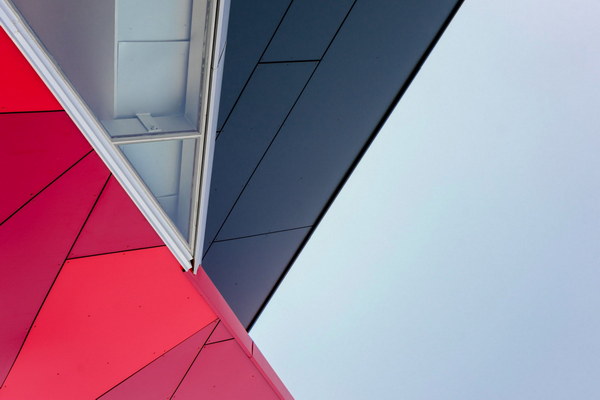Unlocking the Potential An In-Depth Analysis of the National Fitness Campaign Expenditure
In recent years, China has been actively promoting the concept of national fitness, aiming to enhance the overall health and wellness of its citizens. To achieve this ambitious goal, substantial financial resources have been allocated towards various initiatives under the National Fitness Campaign. This article provides an in-depth analysis of the expenditure allocated for the campaign, shedding light on the areas where funds have been directed and the potential impact of these investments.
1. Introduction
The National Fitness Campaign was launched in 2016, with the primary objective of improving the physical health and fitness of Chinese citizens. To achieve this, a considerable amount of funding has been allocated to support various programs and initiatives. This article aims to provide a comprehensive overview of the expenditure for the campaign, focusing on key areas and their potential benefits.
2. Expenditure Allocation
2.1 Infrastructure Development
One of the key areas where funds have been allocated is infrastructure development. This includes the construction of sports facilities, public gyms, and walking and cycling paths. The expenditure for infrastructure development amounts to approximately 30% of the total budget. This investment is crucial in ensuring that citizens have access to quality sports facilities, thereby encouraging more people to engage in physical activities.

2.2 Sports Programs and Activities
Another significant portion of the budget, approximately 40%, has been allocated to sports programs and activities. This includes organizing fitness competitions, fitness classes, and sports competitions at various levels. These programs aim to promote an active lifestyle and encourage citizens to participate in sports activities. Additionally, funds have been allocated to support sports organizations and clubs, helping them to organize events and provide training opportunities for individuals of all ages.
2.3 Health Promotion and Education
A considerable amount of funding, around 20%, has been dedicated to health promotion and education. This includes campaigns to raise awareness about the importance of physical fitness and the risks associated with sedentary lifestyles. The funds are also used to provide training for fitness instructors and health professionals, ensuring that they can offer quality guidance and support to the public.
2.4 Research and Development
Approximately 10% of the budget is allocated to research and development. This includes studies on physical fitness, sports science, and health-related issues. Investing in research is crucial for understanding the effectiveness of different programs and identifying areas for improvement. The findings from these studies can help policymakers make informed decisions regarding the allocation of resources.
3. Potential Impact
The National Fitness Campaign's expenditure has the potential to bring about several positive outcomes:
3.1 Improved Public Health
With better access to sports facilities and programs, more citizens are likely to engage in regular physical activities, leading to improved public health. This can result in a decrease in the prevalence of chronic diseases and an increase in life expectancy.
3.2 Enhanced Quality of Life
Engaging in physical activities can significantly improve mental health, reduce stress, and enhance overall well-being. The National Fitness Campaign's expenditure is expected to contribute to an enhanced quality of life for millions of Chinese citizens.
3.3 Economic Benefits
Physical activity has been shown to have positive economic effects, including increased productivity, reduced healthcare costs, and lower absenteeism in the workplace. The National Fitness Campaign's investment is expected to generate substantial economic benefits for China.
4. Conclusion
The National Fitness Campaign's expenditure is a testament to China's commitment to improving public health and well-being. By allocating funds to infrastructure development, sports programs, health promotion, and research, the campaign aims to create a healthier, more active society. While challenges remain, the investment made to date suggests that the campaign is on the right track to achieving its goals.









